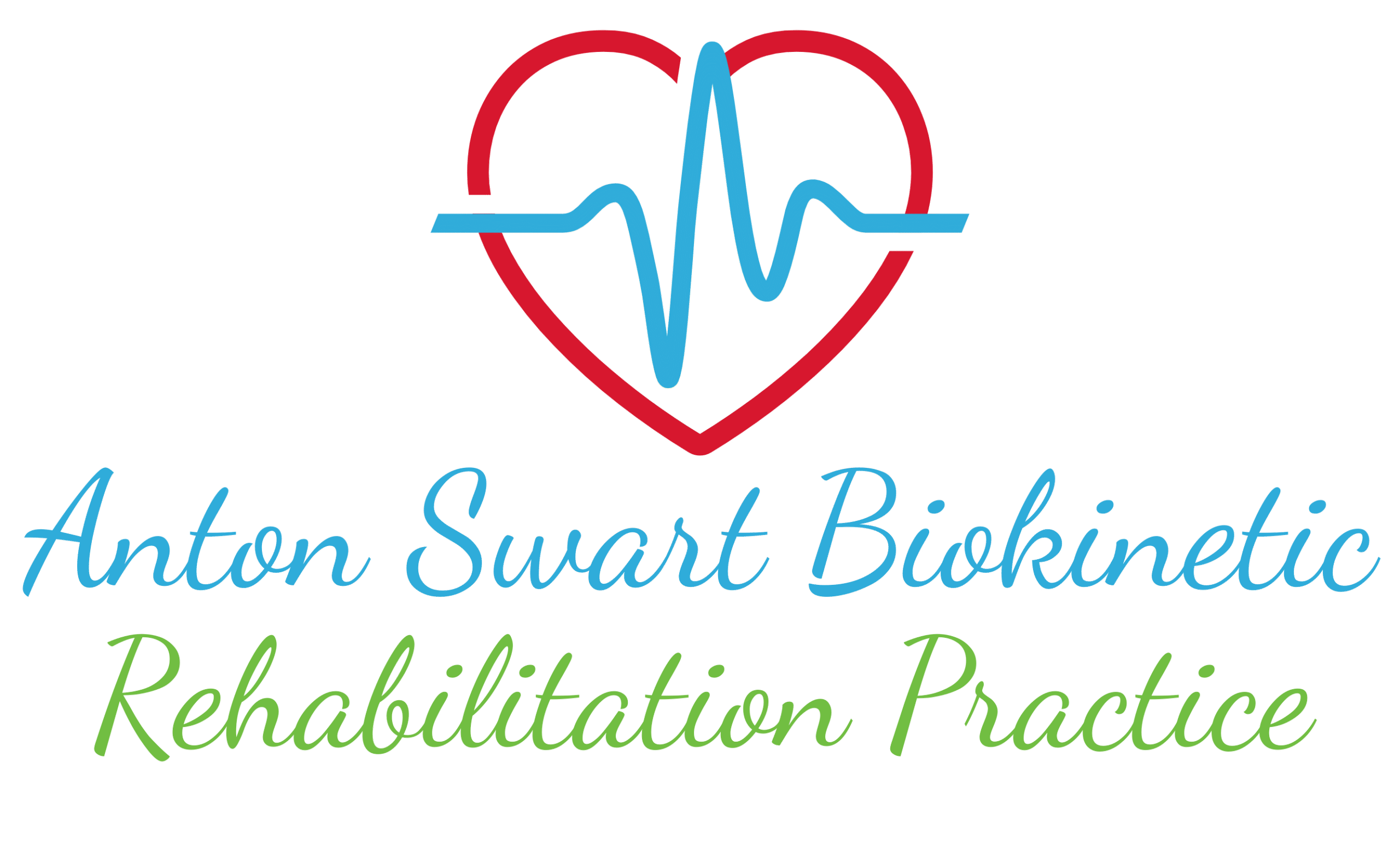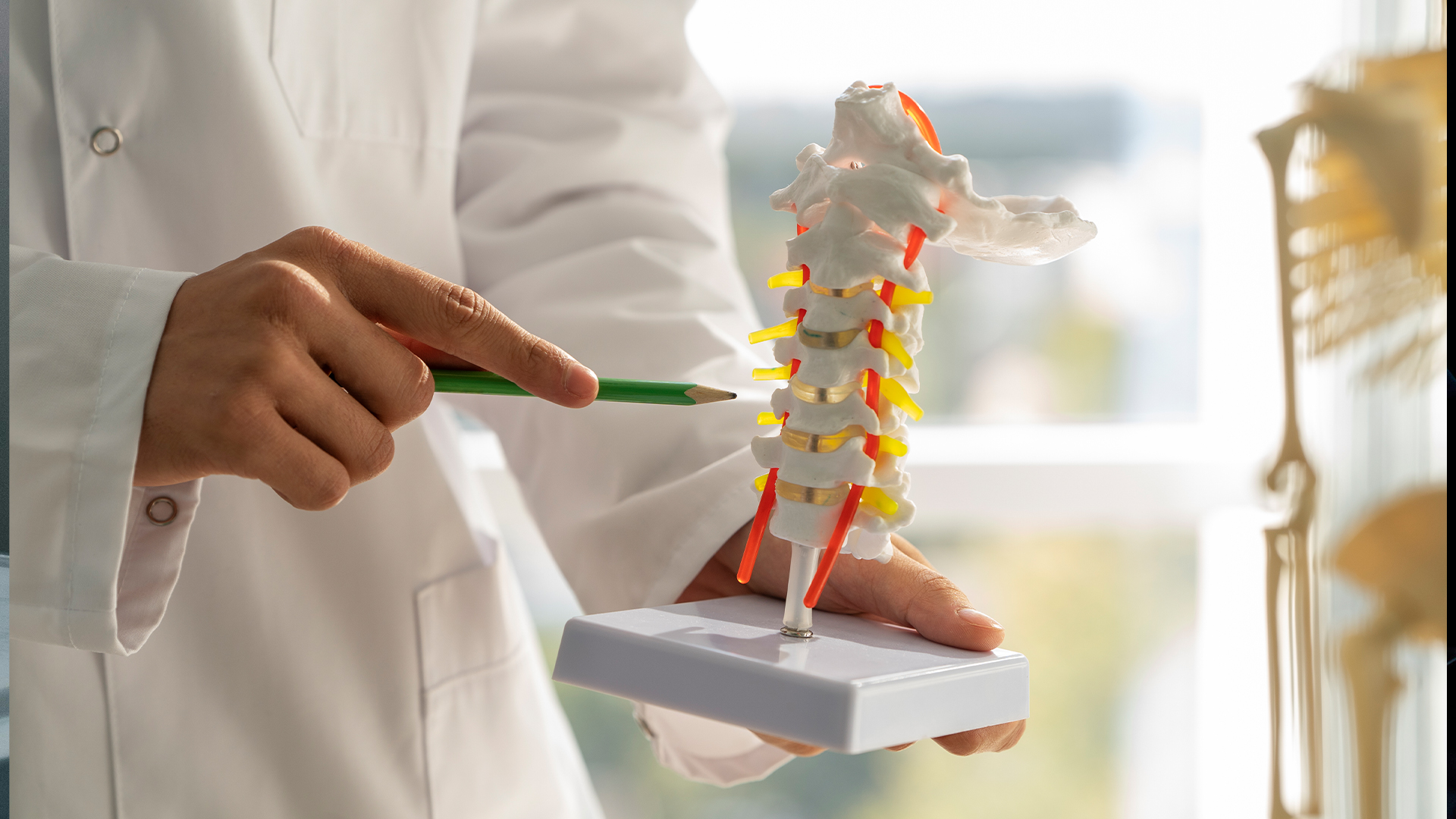Clinical Importance of Biokinetics through the Means of Physical Therapy
A lumbar discectomy involves the surgical removal of herniated disc material that is compressing a nerve root. While the surgery relieves mechanical compression, physical therapy is vital for:
1. Restoring Functional Mobility and Stability:
- Surgery addresses the mechanical issue, but PT helps restore core strength, spinal stability, and movement control to prevent recurrence.
2. Preventing Recurrence or Adjacent Level Issues:
- Poor postural habits or weak stabilisers increase the risk of re-herniation or degeneration at other levels.
- PT addresses these risks with targeted movement training.
3. Re-integrating into Daily and Occupational Activities:
- Rehabilitation ensures a safe and progressive return to lifting, walking, sitting tolerance, and sport/work duties.
The Importance of Physical Therapy
Discectomy rehab follows a phased, movement-control approach, with emphasis on protecting the surgical site, restoring neuromuscular control, and progressively loading the spine. Below are clinically relevant rehabilitation phases:
Phase 1: Protection & Mobility
Focus: Reduce pain, protect the surgical site, promote gentle mobility, and initiate core control.
Phase 2: Stabilisation & Early Strengthening
Focus: Activate spinal stabilisers, build postural control, improve ROM.
Phase 3: Functional Strength & Dynamic Control
Focus: Build global core strength, improve lifting mechanics, prep for ADLs.
Phase 4: Return to Work/Sport
Focus: Restore dynamic spinal tolerance, prevent recurrence, re-integrate into higher demands.
Safe Range of Motion (ROM)
ROM depends on the tear location and surgical intervention:
Week 1–3
Avoid end-range flexion and twisting; maintain neutral spine
Week 3–6
Gentle flexion/extension within pain-free limits
Week 6–12
Progress to full ROM, emphasizing controlled, supported movement
3 Months+
Return to full ROM, with core stability maintained during movement
Clinical Considerations
- Pain or radiating symptoms during exercise indicate poor tolerance, regress, and reassess.
- Avoid passive spinal stretching early, prioritise active, controlled motion.
- Teach neutral spine concepts early: Avoid habitual slouching, poor ergonomics.
- Assess psychological readiness to resume activities; fear of movement can limit progress.
Summary
Physical therapy after discectomy is essential for:
- Preventing re-injury
- Regaining spinal control
- Safely returning to work, sport, and daily life
Key focuses include core stability, hip and spine mobility, and movement re-education, with progressive strength and functional integration over time.




